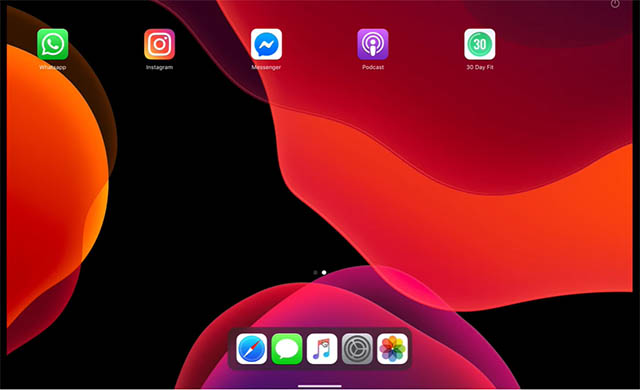

- #NATIVE MAC IPHONE EMULATOR HOW TO#
- #NATIVE MAC IPHONE EMULATOR INSTALL#
- #NATIVE MAC IPHONE EMULATOR 64 BIT#
- #NATIVE MAC IPHONE EMULATOR DRIVER#
- #NATIVE MAC IPHONE EMULATOR FOR ANDROID#
Membership in the Apple Developer Program allows you to obtain from Apple all the necessary certificates and tools to run and deploy applications for iOS devices. In order to run your application on an iOS device or distribute your application to others, you must: Note: You do not need to be able to sign your application in order to run it on the iOS Simulator. The best way to get started with iOS application development is to follow the mobile tutorials: Mobile Application Development (iOS and Android). You can use both the FireMonkey framework and the RTL library to develop your multi-device application. The default target platform is Android, although iOS target platforms are available in new multi-device applications. For information about the different choices, see Types of Multi-Device Applications You Can Create. To create a new multi-device application in RAD Studio, select either File > New > Multi-Device Application - Delphi or File > New > Multi-Device Application - C++Builder, select one of the choices, and click OK. RAD Studio creates in your development system a local file cache of the iOS SDK from the Mac, so you can build your applications for iOS locally.
#NATIVE MAC IPHONE EMULATOR 64 BIT#
Add an SDK to the IDE for the iOS Device - 32 bit and iOS Device - 64 bit target platforms.You need this connection profile to allow the IDE to connect to the Platform Assistant, running on the Mac.Create a connection profile for the macOS platform, which is an intermediate platform that supports the iOS Device - 32 bit, iOS Device - 64 bit and the iOS Simulator target platforms.On your development system, open RAD Studio and do the following: RAD Studio needs you to have the Platform Assistant running in your Mac to run, debug or deploy your application for the iOS Device - 32 bit, iOS Device - 64 bit and the iOS Simulator target platforms. The Platform Assistant, distributed with RAD Studio, allows the IDE to pull the iOS SDK files from the Mac, and to run your applications on iOS devices connected to the Mac.

Notice: Beginning from the Xcode version 6.1, the Xcode Command Line Tools are automatically installed during Xcode installation.
#NATIVE MAC IPHONE EMULATOR INSTALL#
From Xcode, install the Xcode Command Line Tools, which are required to sign your applications, so you can run them on an iOS device.On the Mac, you need to do the following:

#NATIVE MAC IPHONE EMULATOR HOW TO#
See Working with a Mac and a PC to decide which configuration works best for you, and to learn how to apply that configuration to your development environment. There are several ways you can configure a PC and a Mac to work together. When you develop applications for iOS, in addition to your development system, you need to use the Mac for installing iOS development and distribution certificates, for running the Platform Assistant, as well as for other necessary tasks detailed below. Preparing Your Development Environment Working with a Mac and a PC See FireMonkey Platform Prerequisites for a list of system requirements for your development PC and for the Mac.īoth the Mac and your development system must be on a common network, such as a local area network.
#NATIVE MAC IPHONE EMULATOR DRIVER#
Install the USB driver for your Android device and connect to your Android device by USB connection. Both iOS and Android require the addition of an SDK for the target platform.Ĭomparison of Development Requirements for iOS and AndroidĪndroid developer site is open to everyoneĬreate and install a Provisioning profile
#NATIVE MAC IPHONE EMULATOR FOR ANDROID#
One significant difference is that PAServer and connection profiles are required for iOS development, whereas they are not used for Android development. The procedure for developing iOS apps in RAD Studio is generally the same as the procedure for developing Android apps in RAD Studio. Using FireMonkey, you can create an iOS application and deploy it either for iOS simulators (Delphi) or for iOS devices (C++ or Delphi). RAD Studio provides the tools that you need to develop applications that target the iOS platform. Go Up to Types of Multi-Device Applications You Can Create


 0 kommentar(er)
0 kommentar(er)
